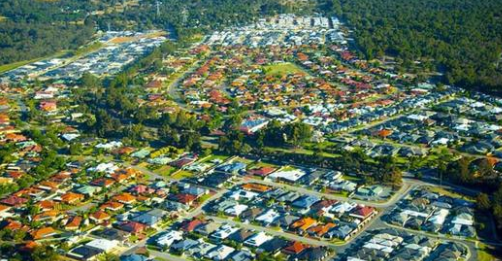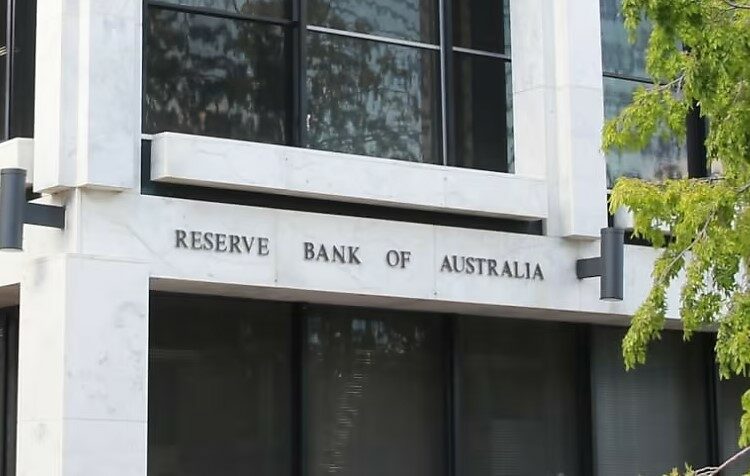The central bank continues to wait for the effects of its monetary policy tightening to be fully realised through the economy.
On the heels of its third consecutive hold in the cash rate, leaving it at 4.1 per cent, the Reserve Bank of Australia (RBA) confirmed in the September minutes that it is still waiting to see what the full effects of the 400-bp rises will have on the broader economy.
In his final monetary policy minutes meeting, the now former RBA governor Philip Lowe said that “members recognised the value of allowing more time to see the full effects of the tightening of monetary policy since May 2022, given the lags in the transmission of policy through the economy”.
While there was still a case for the central bank to raise the cash rate based on the “expectation that inflation will remain above the Bank’s target for a prolonged period and the risk that this period might be extended,” the decision to hold the cash rate steady was the stronger option.
“The recent flow of data was consistent with inflation returning to target within a reasonable time frame while the cash rate remained at its present level,” Mr Lowe said.
Despite this, Mr Lowe flagged that “members noted that some further tightening in policy may be required should inflation prove more persistent than expected.”
“In assessing the need for such a move, members affirmed that they will be guided by the incoming data and how these alter the economic outlook and the assessment of risks,” Mr Lowe said.
The RBA board remains steadfast in returning inflation down to target within a reasonable time frame and that it will continue to monitor developments in the global economy, trends in household spending, the outlook for inflation, and the labour market.
Commonwealth Bank of Australia (CBA) economist Stephen Wu said the minutes “largely struck a similar message” to prior communications from the central bank.
As such, the minutes affirmed CBA’s view that the current cash rate of 4.1 per cent is likely the apex of the cycle and consider the “hurdle to hike the cash rate again is high”.
Mr Wu noted that the RBA is still of the view that the economy appears to be “on the narrow path”, despite minor shifts to the risk profile.
Westpac chief economist Bill Evans said the arguments for holding the cash rate have now prevailed for the last three months and look to be “sustained for the remainder of the cycle”.
Mr Evans noted that the arguments to hold rates were “clearly to the fore in the September minutes and it seems likely that the discussion around raising rates would have been quite short.”
He further stated that the major bank maintained its call that the cash rate will remain where it is until the easing cycle begins from the August meeting in 2024.
“It is interesting that markets currently have around a 40 per cent chance of another rate hike in this cycle and have now delayed their timing of the first cut to well beyond our August target,” Mr Evans added.
Much like its contemporaries, ANZ head of Australian economics Adam Boyton and senior economist Blair Chapman reiterated that the minutes have not changed ANZ’s view on the outlook for the cash rate, expecting an extended pause unless there is a notable upside surprises to future inflation and labour market data.
NAB still remains an outlier in the conversation of whether or not the cash rate peak has been reached.
The NAB Group economics team has updated the major bank’s cash rate forecast, pushing the final cash rate hike forward to November from December, to a peak of 4.35 per cent.
“The recent run of activity data suggests there may be some downside risk to this, but the resilience in the labour market and potential for ‘sticky’ services still present an upside risk,” NAB Group economics team stated.
Bullock at the helm
New RBA governor Michele Bullock assumed the role yesterday (18 September) following Mr Lowe’s departure after his seven-year tenure.


